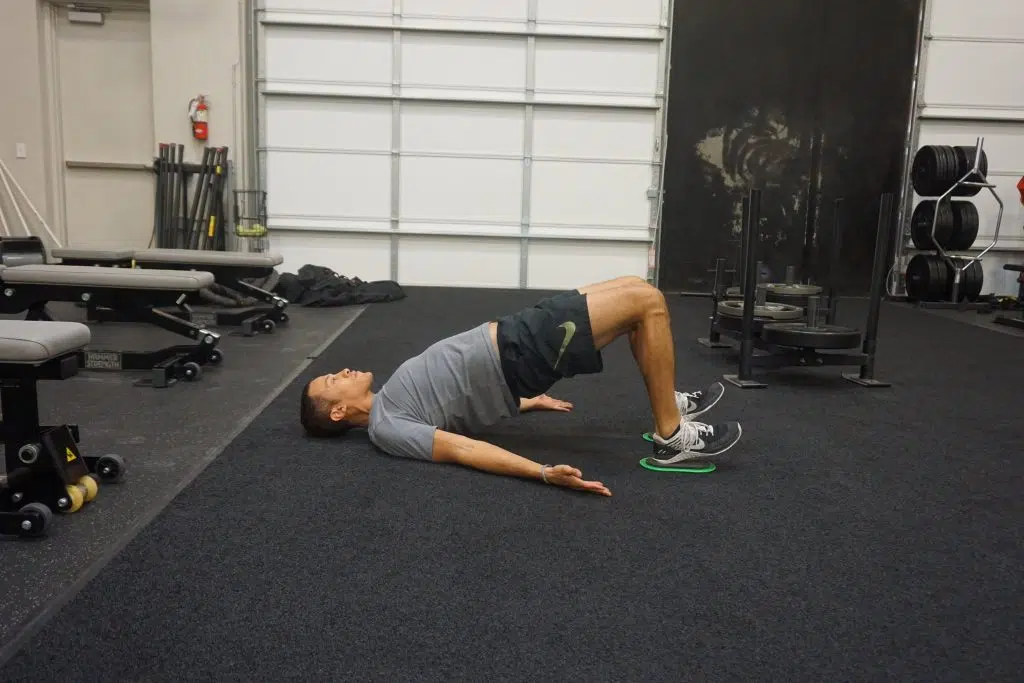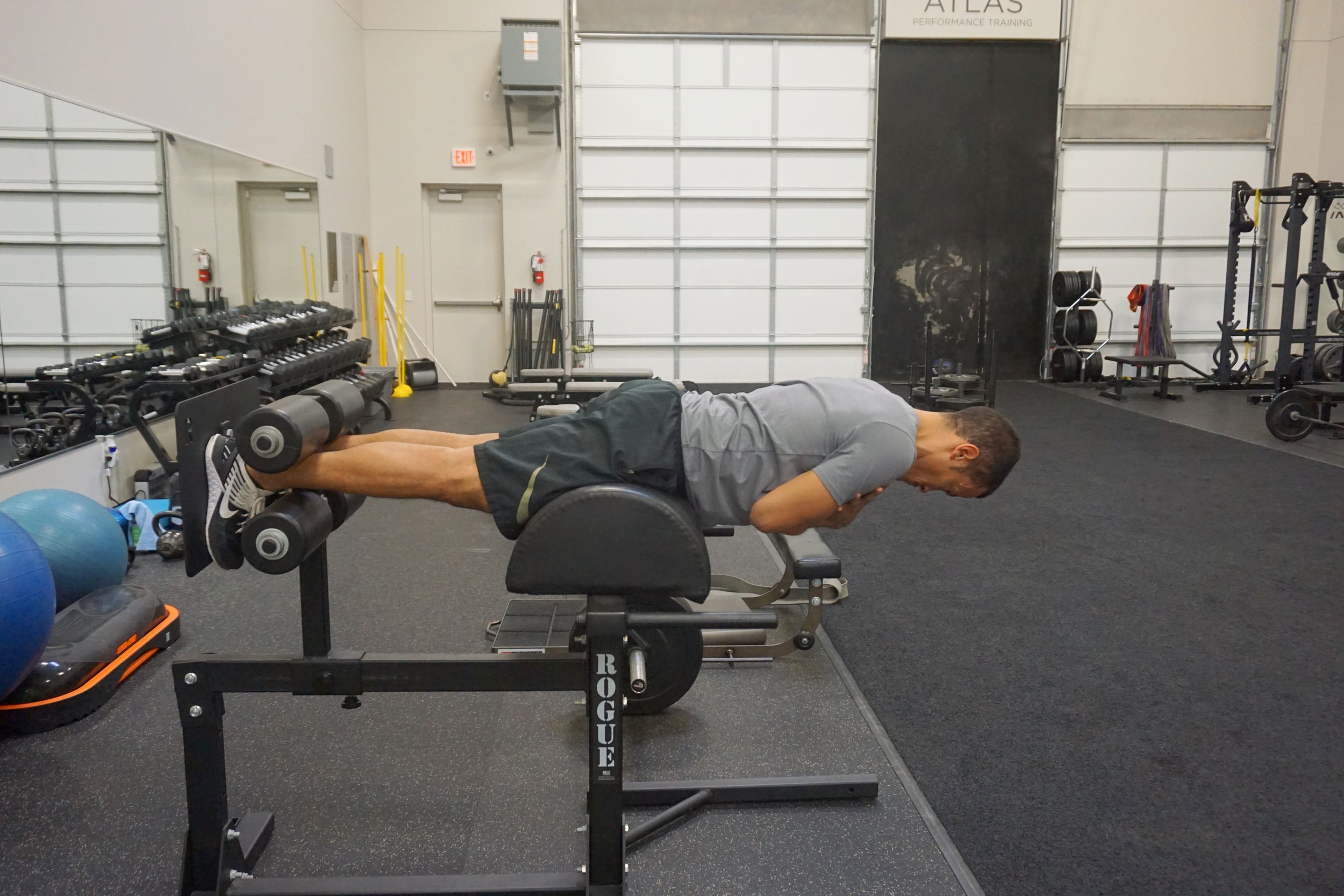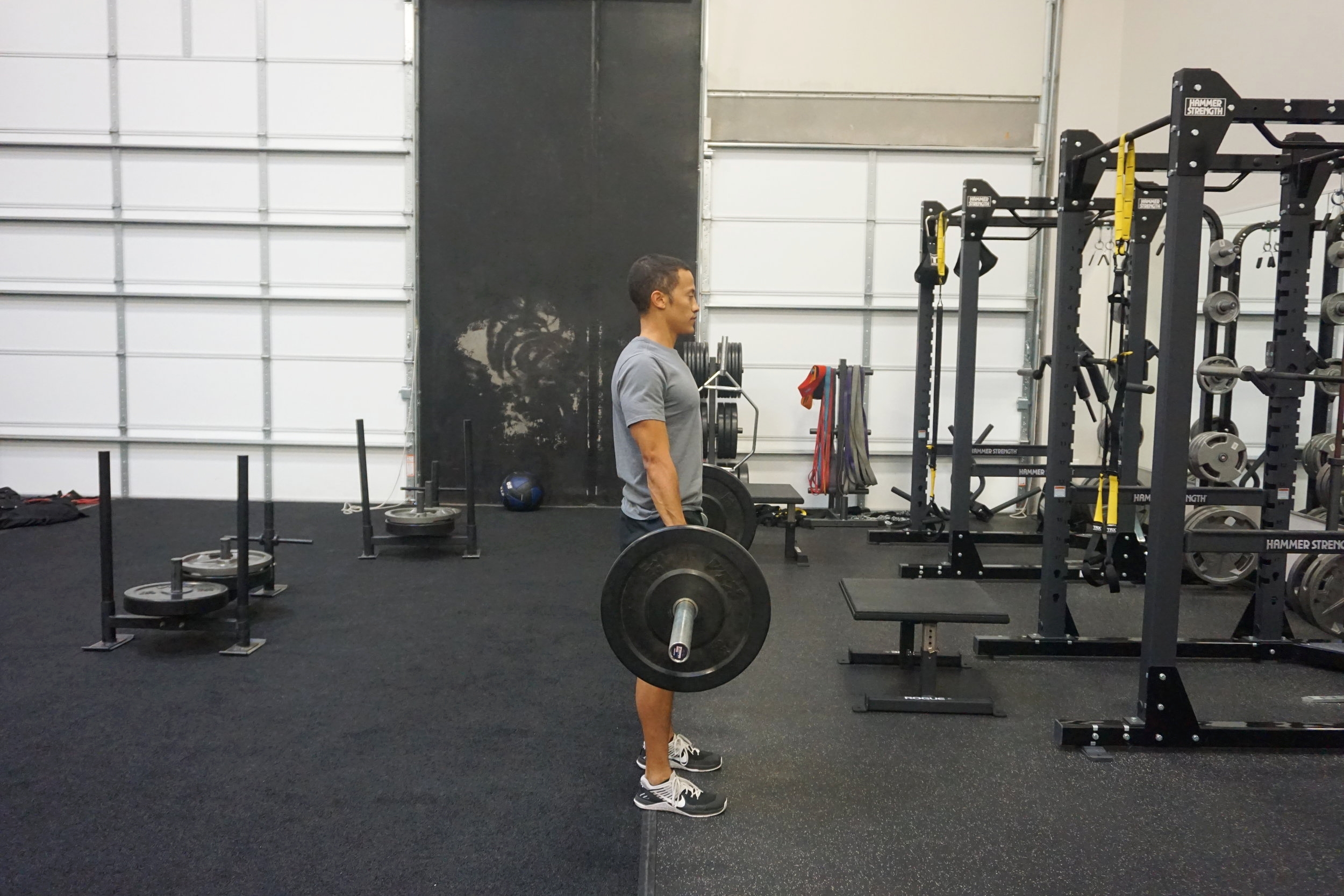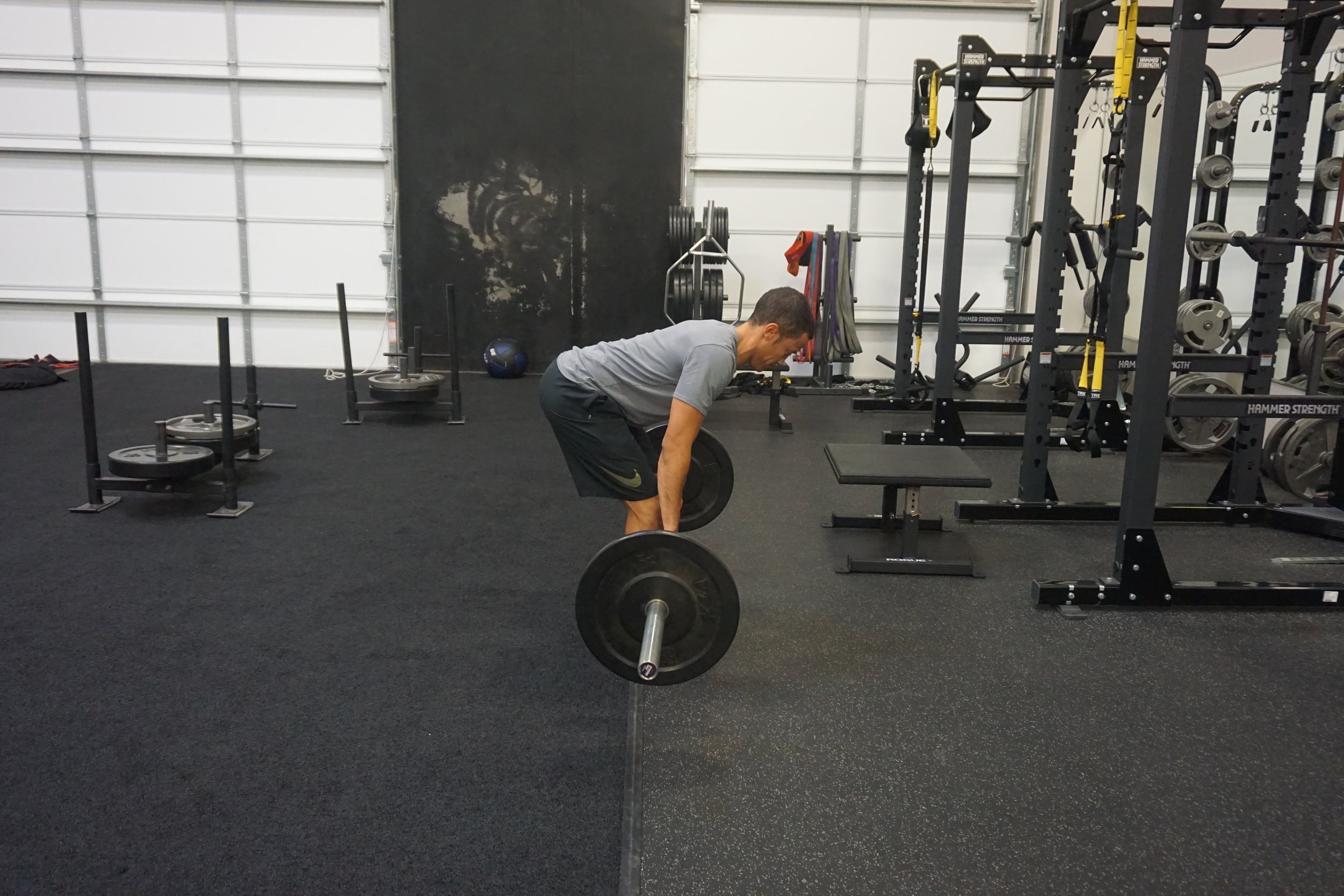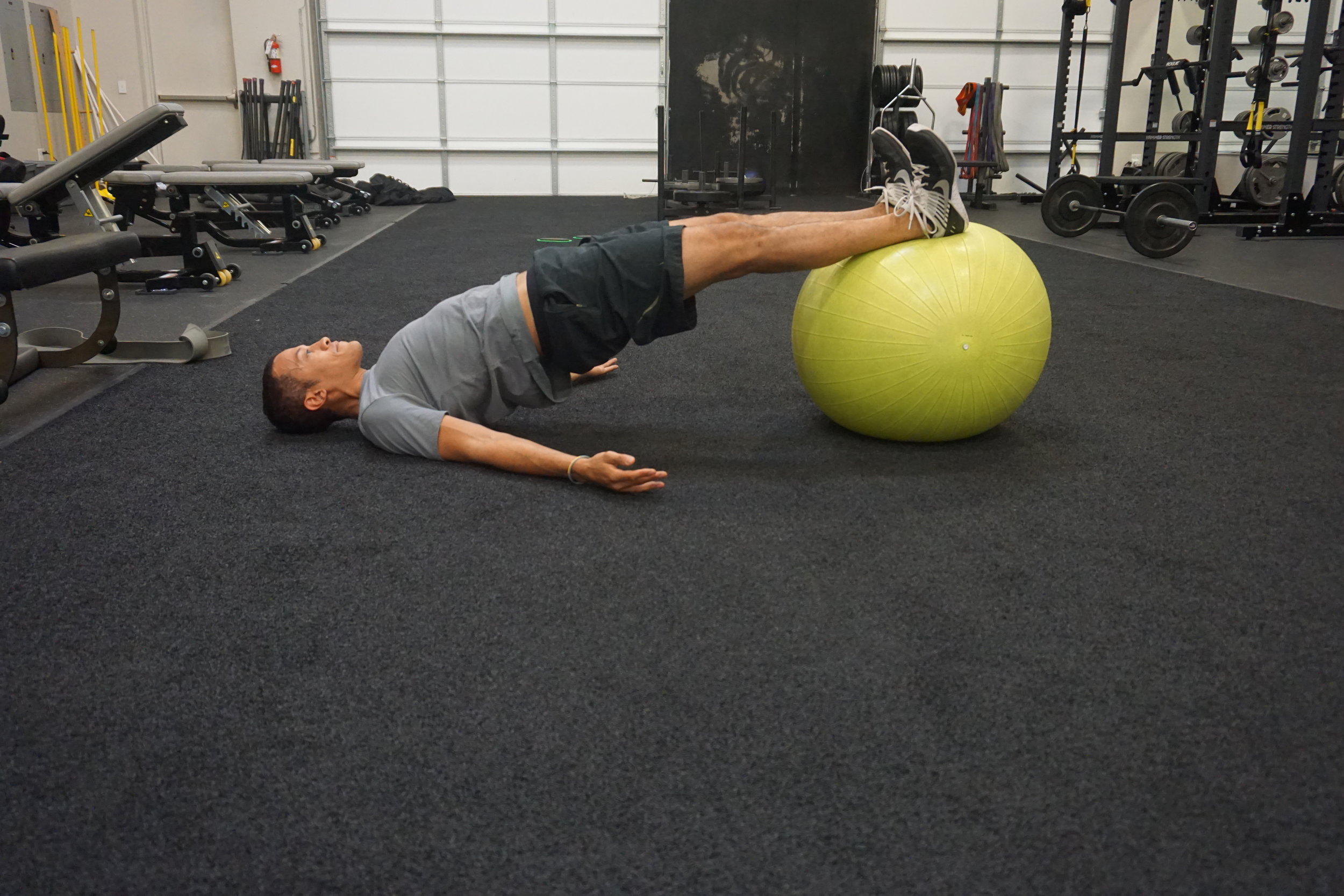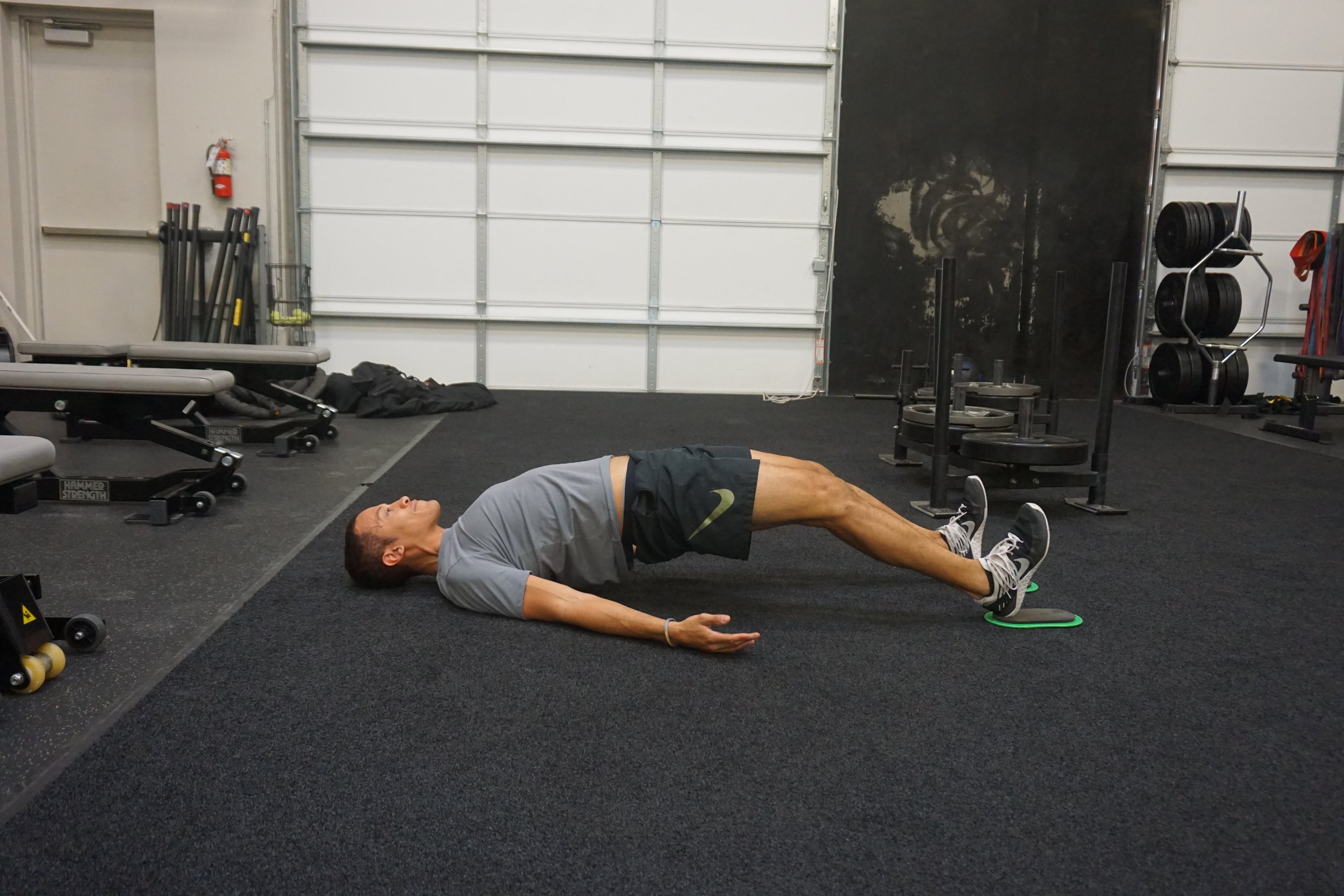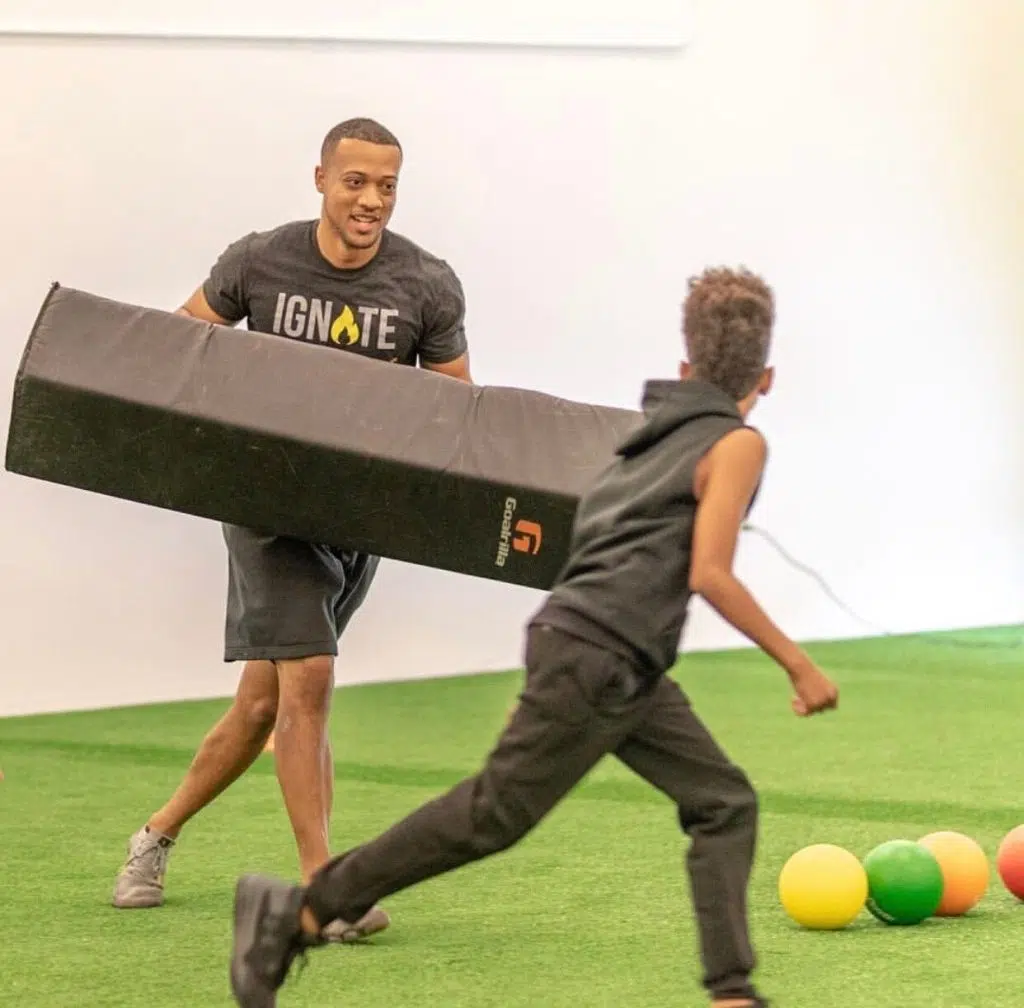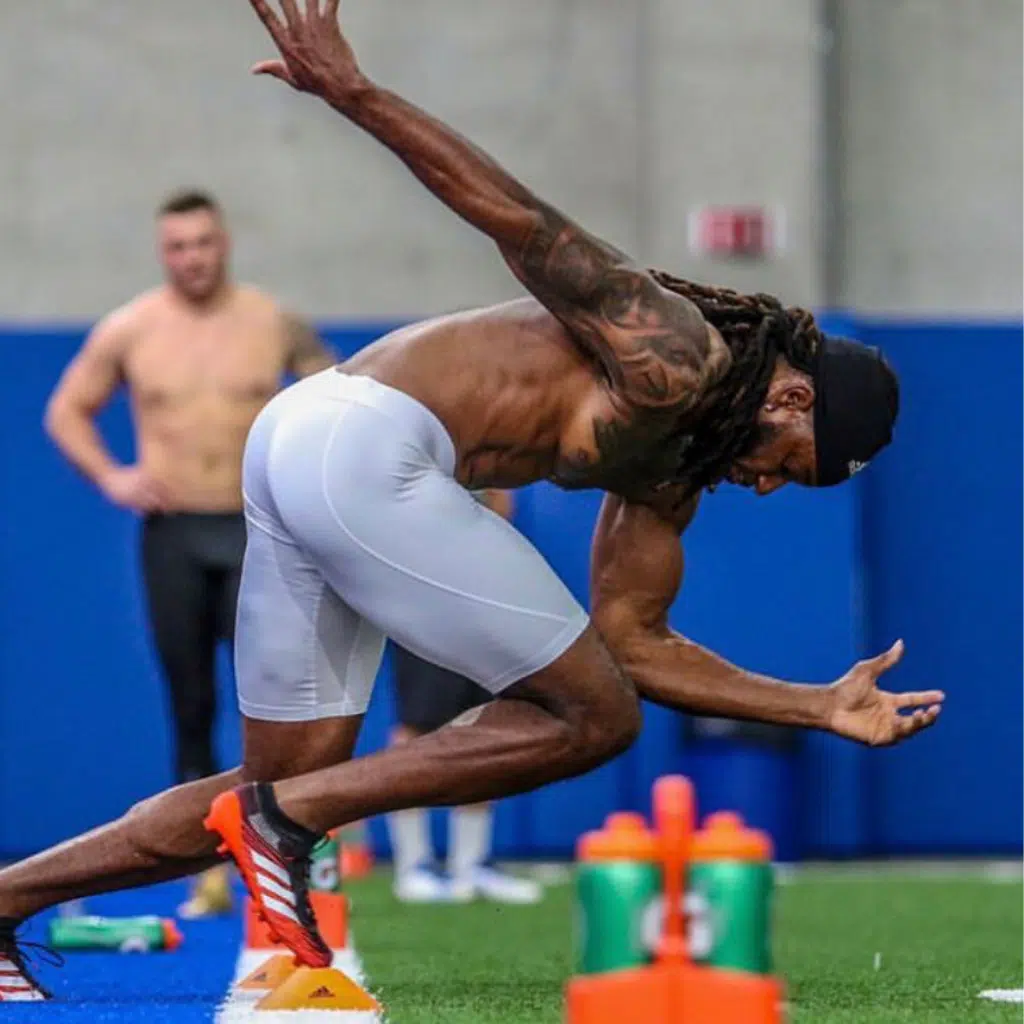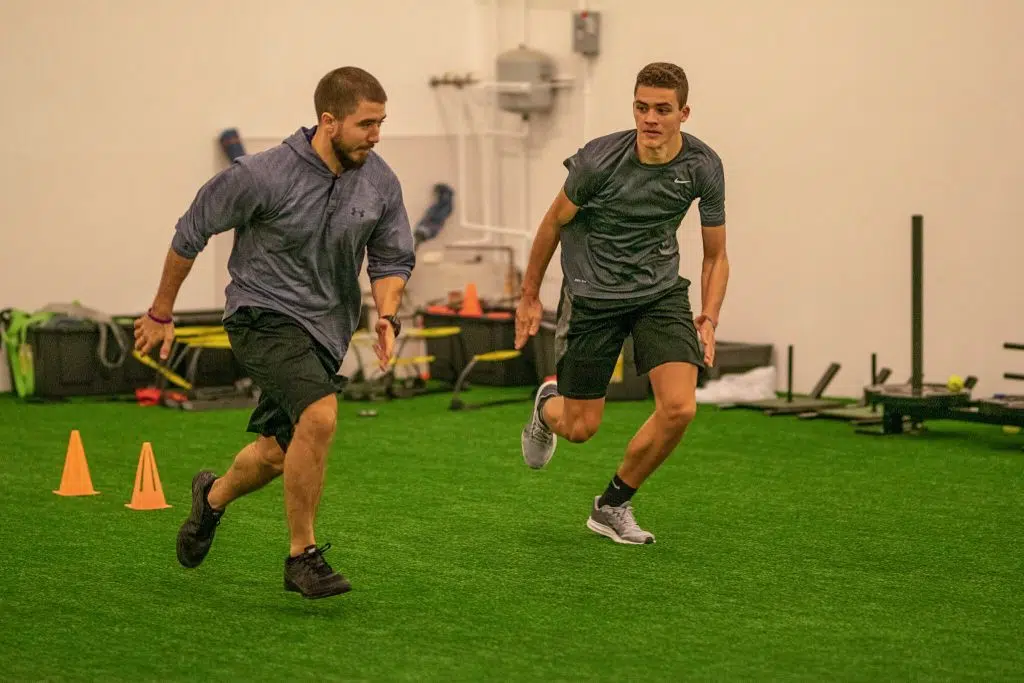Training for hamstring strength is like having car insurance….You don’t really see it every day, and you probably under appreciate it…but boy is it good to have when you need it. The hamstrings play a HUGE roll in overall function and injury prevention. They are often forgotten in favor of the more visible quads and glutes. Last year, in the EPL (the top soccer league in the world), there were over 150 hamstring injuries alone!
Unfortunately, most people’s definition of hamstring training is lying down and cranking out 15 reps on the leg curl machine. That simply doesn’t cut it. Today, I’m going to tell you why training your hamstrings is important, and my top 4 exercises to get you started!
Why Train Your Hamstrings?
DISCLAIMER:
The word “booty” will not be mentioned again in this blog post. Yes there are certainly aesthetic benefits to training your hamstrings, but if you know me by now, that will not be the focus of this article.
If you’ve read this blog before, then chances are you’ve heard me mention how important it is to train your brakes. Well, your hamstrings play an important role in that. Along with your glutes, the hamstrings play a huge role in eccentric strength and injury prevention. Unfortunately, many people ignore hamstring training, and posterior chain training in general. This creates an imbalance in lower leg strength. People become too quad dominant, and this can lead to knee pain and other injuries.
It is important to train you hamstrings in a variety of exercises that emphasize all 3 phases of movement. Those phases are eccentric, isometric, and concentric. The following exercises are a great place to start on your way to building up your hamstrings.
1) Glute Ham Raise Iso Holds (GHR)
The GHR machine is easily one of the most overlooked, and most beneficial pieces of equipment in the gym. This particular exercise is an isometric exercise, meaning you’re goal is to hold your position and not let your body move. Iso Holds also work your glues, core, and lower back. If you were to rank where you should feel this exercise it would be (in order) hamstrings, glutes, core, and lower back being last.
Key Points:
- Keep Core tight and squeeze glutes
- Make sure spine is neutral (Not arched)
- Tuck chin
- Think about pulling feet under pads
- Start w/ 30 seconds and progress to 1 minute
Make sure feet are in between GHR pads
2) Romanian Deadlifts
Romanian Deadlifts, or RDL’s for short are one of the most popular posterior chain exercises out there. However, most of the time, it is done improperly. Instead of keeping a nice, neutral spine, people tend to round their back, putting extra pressure on their lumbar spine. The best practice for this exercise is to learn the mechanics of the exercise first, before throwing a bunch of weight on the bar. Start with a PCV pipe, then a bar, and gradually add weight as you progress.
Key Points:
- Maintain a neutral spine and a tight core throughout the exercise
- Slightly bend the knee as you bring the bar down just pass
- Hinge your hips back, and keep the bar as close as possible
- Finish the rep by pulling bar back to starting position and squeezing glues
- Start with 10-15 reps with PVC pipe, reduce reps to 8-12 w/ weight
3) Swiss Ball Hamstring Curls
Clients who have trained with me know this exercise well (insert evil laughter!). This exercise is a staple in my programing. I love this exercise because it’s effective and can be modified to be challenging for all fitness levels.
Key Points:
- Keep core tight and hips up in the air
- Pull toes back and squeeze glutes
- Roll ball in and out. keeping hips up the entire time
- Start w/ 10 reps and progress to 15.
- For a more challenging version, try this exercise using only 1 leg!
4) Valslide Hamstring Curls
Valslide pads in general are a great fitness investment to make. They are portable, lightweight, and extremely versatile. However, if you don’t have valslides, you can use substitute by using a towel on a smooth surface.
This exercise is one of my favorites for developing eccentric hamstring strength. This is one where you really want to emphasize the lowering or “negative” portion of the rep. Shoot for a 3 second eccentric lowering, and a 1 second concentric.
Key Points:
- Start by flexing your foot towards you
- Tighten your core and lift your hips up in a bridge position
- Keep your hips up during the eccentric portion of the exercise
**If you want a wicked hard progression, check out this single leg version!
So there you have it! I would recommend starting these exercises immediately. Remember to start light, and gradually add weight as you progress. As always, comment or contact me if you have any questions. …Happy Training!

